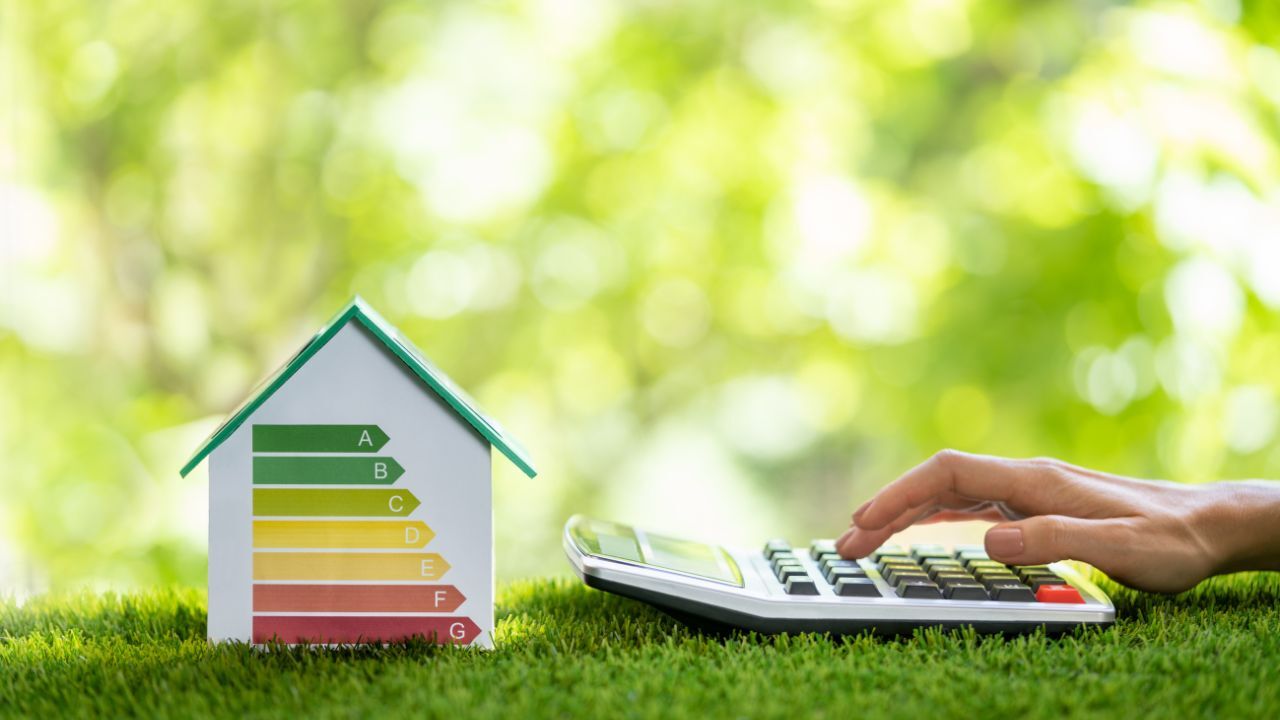How to Finance Energy-Efficient Home Improvements with a Mortgage
 As more homeowners look for ways to reduce utility bills and make their homes environmentally friendly, energy-efficient improvements have become a smart investment. The good news is that you do not need to pay out of pocket for all the upgrades at once. There are mortgage financing options that allow you to make energy-efficient improvements while also making your home more comfortable and affordable in the long run.
As more homeowners look for ways to reduce utility bills and make their homes environmentally friendly, energy-efficient improvements have become a smart investment. The good news is that you do not need to pay out of pocket for all the upgrades at once. There are mortgage financing options that allow you to make energy-efficient improvements while also making your home more comfortable and affordable in the long run.
One of the most common ways to finance these improvements is through an Energy Efficient Mortgage, or EEM. This type of loan is designed to help borrowers finance energy-saving upgrades as part of their home purchase or refinance. With an EEM, the cost of improvements is rolled into the total mortgage amount. This means you are not required to take out a separate loan or use a credit card to cover the cost. EEMs are available through both conventional and government-backed loan programs including FHA and VA loans.
If you are purchasing a home that needs new insulation, solar panels, or high-efficiency HVAC systems, you can include those upgrades in your initial mortgage. The lender will often require a home energy assessment to determine the projected energy savings. If the savings are greater than the cost of the improvements, it can strengthen your approval odds.
Another option is a renovation loan such as the FHA 203k or Fannie Mae’s HomeStyle Renovation loan. These programs allow borrowers to finance both the home purchase and the cost of energy-efficient upgrades into a single mortgage. This is particularly helpful for buyers interested in fixer-uppers or older homes in need of major energy-saving renovations.
For homeowners who already have a mortgage but want to upgrade, a cash-out refinance may be the right solution. With a cash-out refinance, you can access a portion of your home’s equity and use the funds to make energy-efficient improvements. While this option does increase your loan balance, the potential savings on monthly utility bills and increased home value often make it a worthwhile investment.
Many states offer local programs and incentives for energy-efficient upgrades, including rebates and tax credits. It is worth checking what is available in your area, as combining those incentives with mortgage financing can significantly reduce your out-of-pocket costs.
Energy-efficient improvements not only lower your energy bills, they also make your home more marketable in the future. Buyers are increasingly interested in homes with sustainable features, meaning the investment you make today can pay off later when it is time to sell.
Before choosing a financing option, talk with a mortgage professional who understands the different programs available and can guide you through the process. Whether you are buying, refinancing, or renovating, there are ways to finance energy-efficient upgrades that make sense for your long-term goals.

 As Americans prepare to celebrate the Fourth of July, it is important to reflect on the core values that define our nation: freedom, opportunity, and the pursuit of a better life. These same ideals continue to inspire individuals and families across the country to pursue homeownership, which remains a foundational part of financial independence and long-term security.
As Americans prepare to celebrate the Fourth of July, it is important to reflect on the core values that define our nation: freedom, opportunity, and the pursuit of a better life. These same ideals continue to inspire individuals and families across the country to pursue homeownership, which remains a foundational part of financial independence and long-term security. What Is Mortgage Securitization?
What Is Mortgage Securitization?